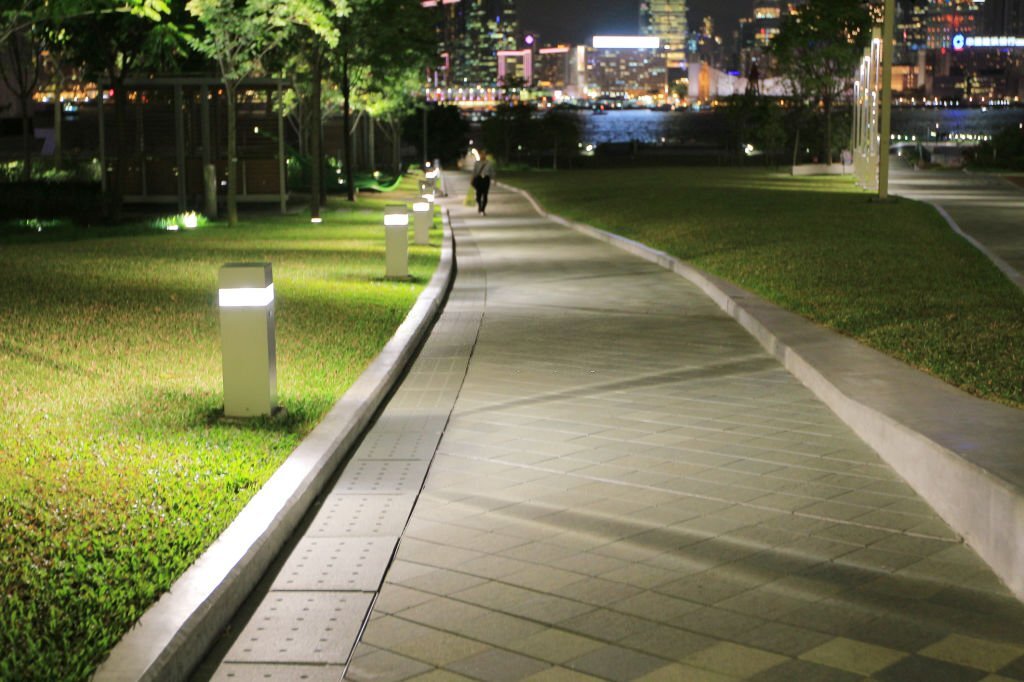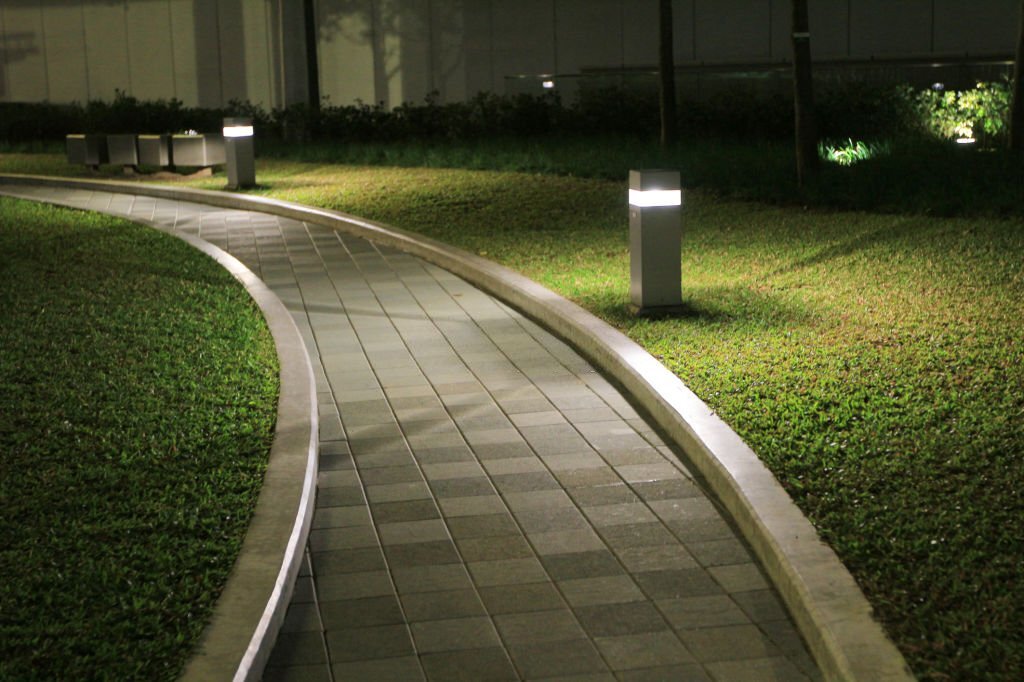Paver sealing can be a good idea to preserve your hardscape investment, but there are some essential factors to consider before committing to the project. We’ll look at the cost, types of products, preparation, and benefits of wet-look finishes. And, of course, weeds need at least a quarter-inch of space between pavers to grow. Before applying a sealer, be sure to pre-clean your pavers and concrete.
Types
Before starting paver sealing, you should make sure your home or business is well cleaned. When you seal your pavers, they trap dirt and debris, showing obvious imperfections. It’s not the goal of paver sealing to cover up imperfections but to make them look as good as possible. The process will also accentuate any stains or efflorescence, so it’s essential to clean thoroughly before sealing. There are two main types of paver sealers. Penetrating sealers preserve the stone’s natural look and add a playful finish. The surface friction of the sealer is measured in grit. High friction can cause objects and people to slip. A wet-look paver looks slippery and can make you nervous. Alternatively, it can open up a small area. But be careful, as penetrating sealers may be less resistant than conventional ones.
Preparation
Before sealing your pavers, make sure you have them adequately prepared. For best results, wait at least 24 hours, preferably two weeks. Turn off your sprinkler system to avoid water damage to the pavers. It would help if you also allowed the pavers to dry completely, between 10 and 30 degrees Celsius. It would help if you also cleaned them before you begin sealing. Protect the pavers from the rain before you begin sealing. Before paver sealing, it is essential to remember that the concrete pavers are sitting on a bed of sand, which is wet. Pavers need to breathe, and too much sealer prevents the water vapor from passing through, leaving a white “blushed” look. Moreover, applying too much sealer can cause the pavers to peel or become damaged. That is why it’s best to consult a professional.
Wet-Look finish
Wet-look finish paver sealing improves the aesthetics of your paver patio. It darkens your pavers and provides a slight sheen. As with any other paver sealer, wet-look finish sealers require three application steps. The first step is to clean your pavers thoroughly. Use a hose or a shop vacuum to remove any impurities. If you don’t have a hose, consider using a pump sprayer to apply the sealant to your pavers. Use a mask so you won’t accidentally spray on the sealer. The second step is applying the second coat of sealer. You should wait 24 hours between applications. Waiting this long ensures better film formation, a more robust surface coating, and higher gloss. This step is essential for achieving an authentic wet-look finish. When applying a second coat, apply the Glaze ‘N Seal Grip ‘N Seal to add additional slip resistance to the paver surface.
Efflorescence Cleaning Before Sealing
If your paver surface has succumbed to a layer of efflorescence, you should clean it before applying sealer to prevent further discoloration. Efflorescence, also known as calcium carbonate, is caused by a reaction between carbon dioxide and water on the paver surface. It can appear almost immediately or develop months after installation. In some cases, efflorescence may persist for months, though some may fade after a while. A proprietary cleaning chemical blend is the best way to clean and remove efflorescence from a paver surface. This cleaning chemical blend is specially designed to provide effective results without causing damage to the paver surface. Efflorescence cleaning is crucial before paver sealing because a sealer may accentuate discolorations and stains.





